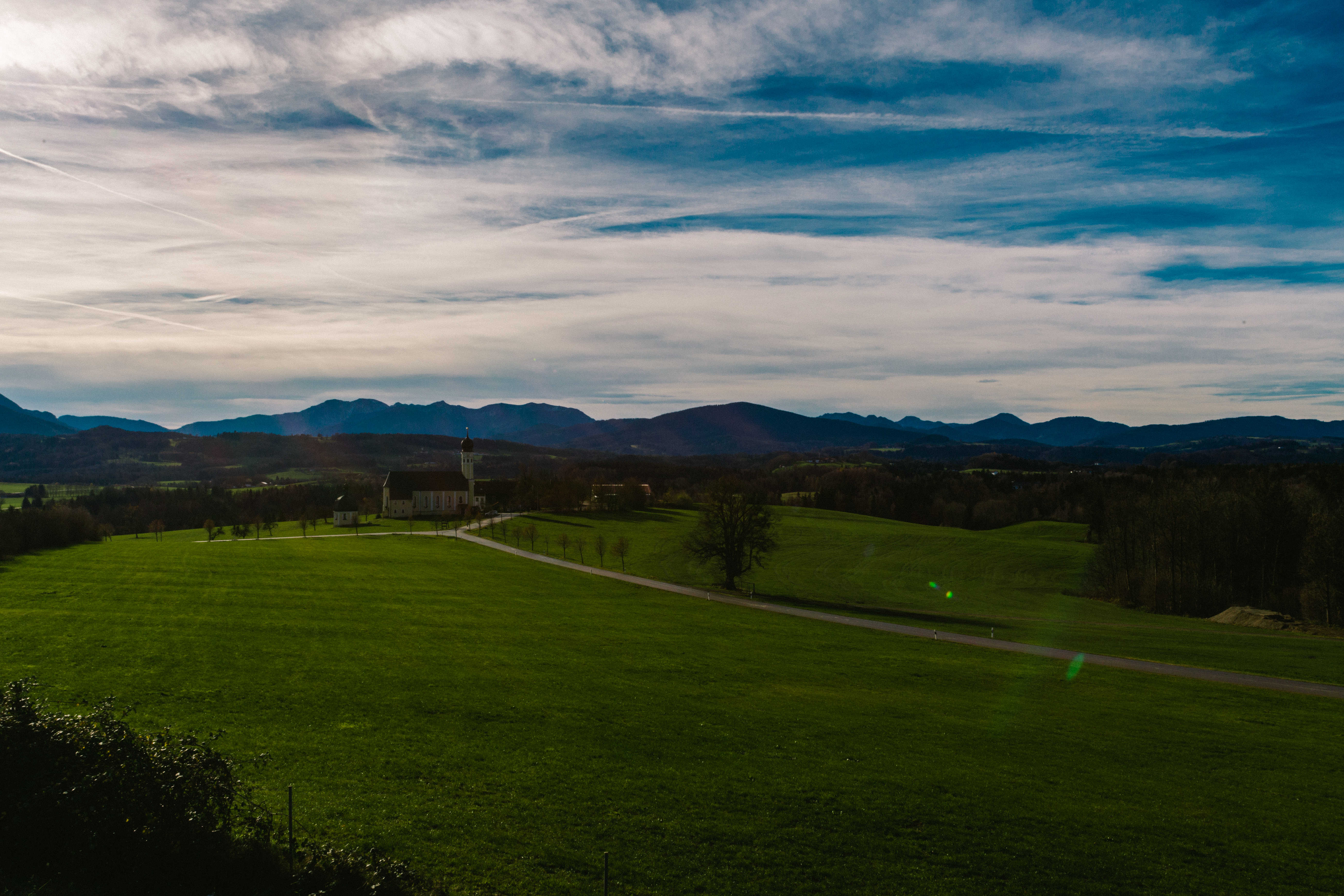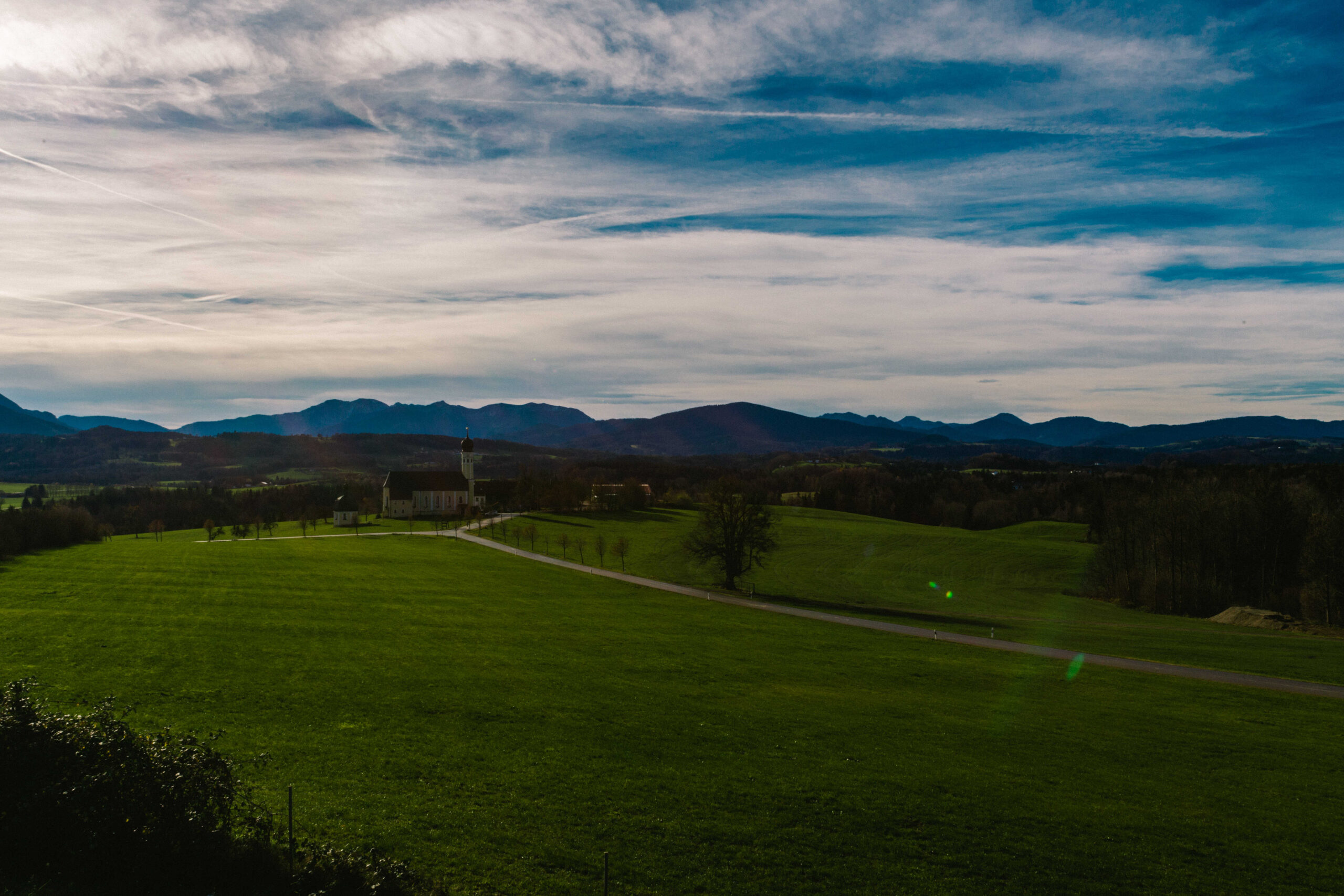
With yesterday being the official start of fall, I know many of you are wondering whether or not to overseed your yard with winter rye this fall. As a landscape design firm, this seems to be a very popular question from current, past and prospective clients, so I did a little research on this topic for you and came up with the following list of pros and cons to aid in your winter rye decision process.
Pros:
- Overseeding is visually appealing. And let’s be honest, who doesn’t want a lush green lawn year-round?
- Overseeding is a solution to erosion control. If you live on big rolling hills with unestablished sod or if you are building a new house on a tight budget you might consider installing winter rye and wait to retain the soil and install your everyday turf until early spring.
Cons:
- Winter rye has the ability to interfere with your turf’s regrowth in spring. This is especially true during years of a cool or wet spring season. Winter rye ends up overstaying its welcome and competes with the existing sod instead of dying off.
- Winter rye requires more maintenance. If you choose to overseed with winter rye, you will need to mow, fertilize, and water more frequently throughout the fall and winter seasons.**
- If you have St. Augustine or Zoysia, it is very important that your yard “rest” during the fall / winter seasons. Overseeding is not be recommended for these types of lawn. The reason being, since winter rye requires frequent mowing, you are not giving your hard the rest it requires. This depletes your yard from the necessary nutrients that are stored in the blades during the “resting period”.
If you do decide to overseed:
- Use a Reel Lawn Mover vs. a Rotary Lawn Mower, as the rotary lawn mower you typically use will butcher the Winter Rye. CAUTION: Please be aware that Reel Lawn Mowers are very harmful to St. Augustine and overseeding St. Augustine is not recommended.
- Use an annual rye grass vs. perennial Rye grass. Annual Rye grass cost less, is fast germinating, requires a lower fertilization rate and requires moderate watering compared to perennial rye.
- Get the timing right. The best time to overseed is from mid October to mid November. You want to wait until there is a daily temperature difference of 20-30 degrees between morning and mid-day. Ideally, you will want to wait after the first frost to overseed.
For more information on winter rye for the Dallas area contact a local trusted maintenance provider or nursery.
We would love for you to share your comments based on your own past experience!
**Please be sure to check your specific city website prior to overseeding. With current water restrictions, many cities may be prohibiting the use of winter rye.**
Related Post:
This post To Rye or Not to Rye: That is the Questions appeared first on Matthew Murrey Design on September 23, 2014.

